Cork - Leather of Trees
What if you love the feel of leather, its properties but you still care about animal welfare? We have an alternative for you!
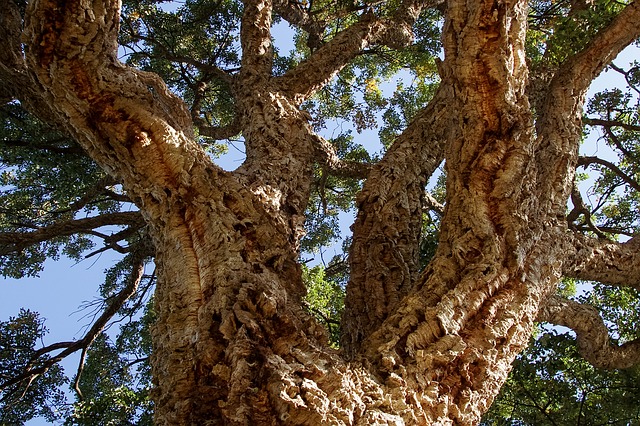
When you see anything made out of cork, you don't quickly realise what is behind this material. Cork is harvested from a particular type of Cork Oak Tree (Quercus Suber) that is native southwest
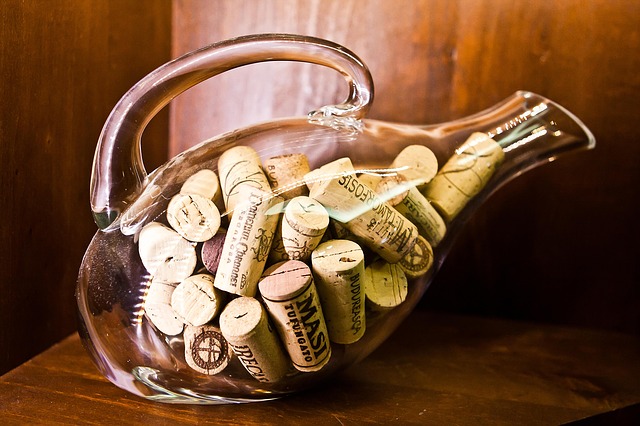
Europe and northwest Africa. Corks bark feels soft and lightweight and yet it has waterproof properties. Due to its properties, cork was widely used in the housing and, of course, sealing our favourite beverages like wine and champagne.
Due to SUBERIN composition cork as a material has hydrophobic properties. It has biodegradable, eco-friendly, elastic and fire-retardant qualities, so it is used in various type of products.
Mainly in cork flooring and furniture (due to its fire-retardant & insulate properties). However, these days, cork has found itself in the niche market for environmentally conscious buyers. Several products made out of cork include cross shoulder bags, yoga mats, yoga blocks, meditation cushions, bottle cap, cork wallet and many more. And we are delighted to have the opportunity of presenting some of them in our site.
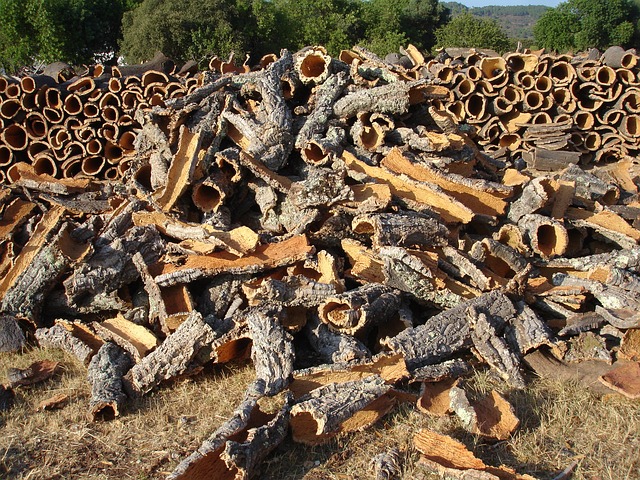
A little bit of History:
One of the most significant entries of cork was in the 17th century. Pierre Perignon started to use cork as a plug to seal his bottles in 1688. Later on, in the 19th century, cork was mass-produced after the bottle cap invention made by American William Painter. Due to its durability, it was also used for making slippers and sandals. It has also been used as building house material because it helped to keep the house warm in the winter and cool in the summer.
The Source:
The cork is collected from the bark of the Oak Tree. These trees are NOT entirely cut down. Only a specific amount of bark can be stripped from it every nine years. Cork trees usually grow and last for 300 years. Portugal and Spain are the largest producers of cork worldwide.
Cork harvesting and processing:
For harvesting cork, cuts are made in the tree with special care so that it won't harm the tree. Layers are removed gently. Collected bark slabs are exposed to sunlight and rain for around six months, so that is gets flattened.
It is further processed to remove dirt & other chemicals by heat and water, which makes the final cork slabs more soft & flexible.
The outcome or the sheets of cork are used for making various products.
Why Cork is beneficial to use?
Firstly it is effortless to use and handle as its so lightweight.
Cork can absorb vibrations and act like an "air cushion" helping to absorb the direct & indirect impacts. It has insulative properties and is fire-retardant.
It is durable, sustainable, eco-friendly, biodegradable, reusable & recyclable
Importantly, trees are not harmed in cork collection, as better quality cork can be obtained from the older trees.
Various Cork Products:
Cork Tablewares:
Different design of salt & pepper dispensers and shakers. Cork bowls. Cork trays, table mats and coasters are a nowadays trendy item.
Cork In Fashion:
Eye-catching cork bags, Aprons, Umbrellas as well as cork wallets, cork backpacks & cork shoulder bags are stylish and cool looking due to its quality and unique designs.
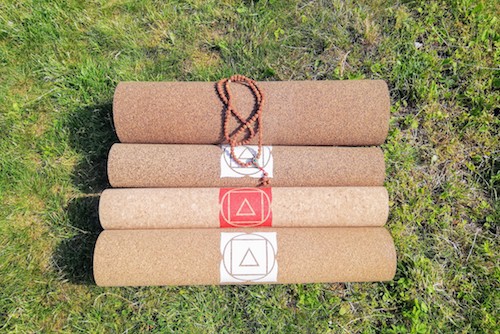
Yoga and Health-conscious Products:
There are few variations of styled cork yoga mats and other yoga props (blocks/bricks, meditation cushions, yoga wheels). Unique designs make them attractive and practical because of its superior non-slip grip no matter how sweaty you may get.
Fun Items:
Birdhouses, cork drums, cork iPad cases, cork puzzles, cork racing carts are some of the trendy products for kids providing them endless fun.
Cork products are entirely safe for kids as they are waterproof and fire-resistant.
Related Products
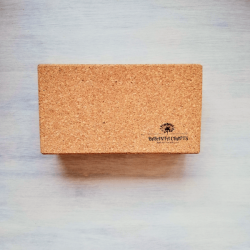
Jogos Kaladėlė iš Kamščio
Ex Tax: €15.00

Meditacijos Pagalvėlė iš Kamščio
Ex Tax: €30.00